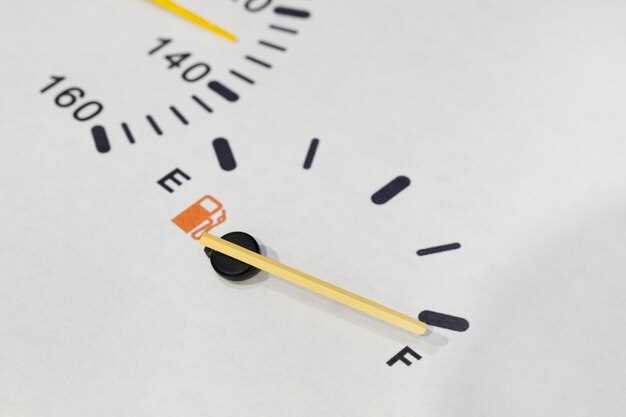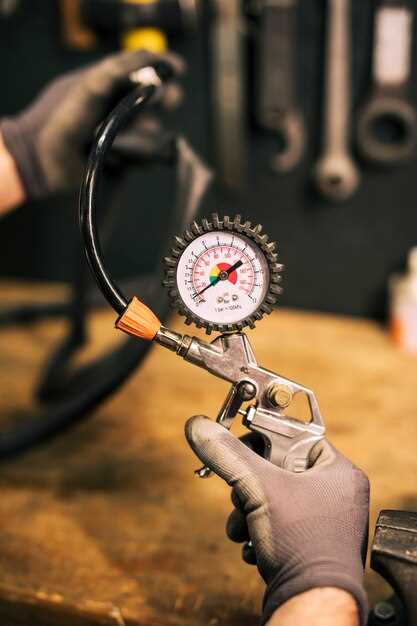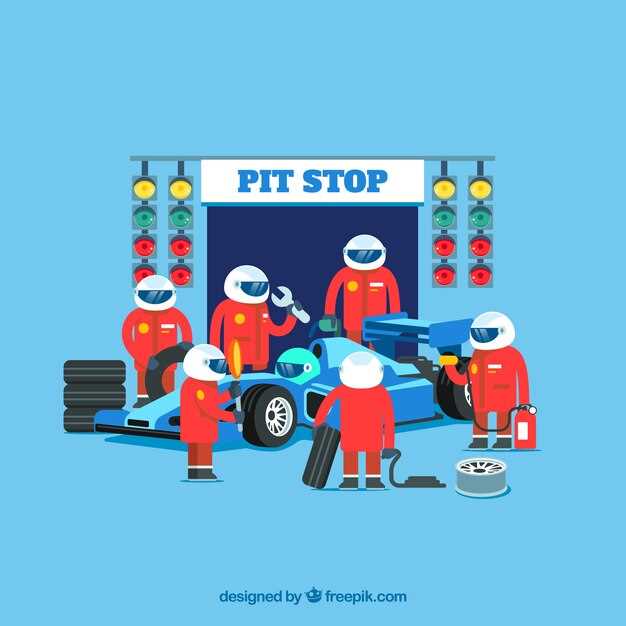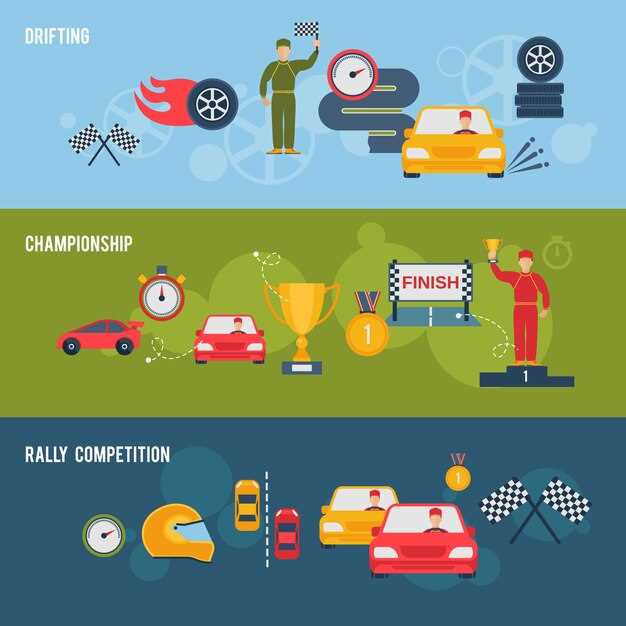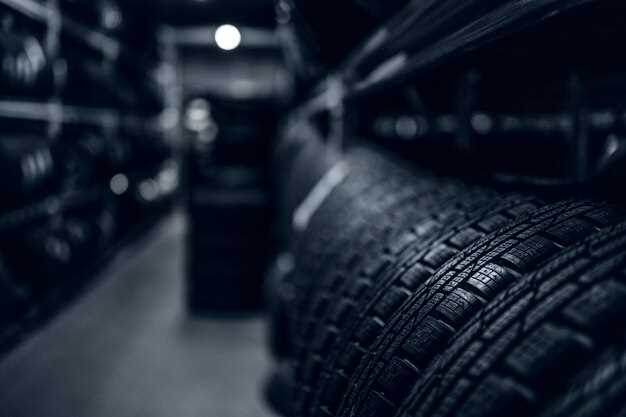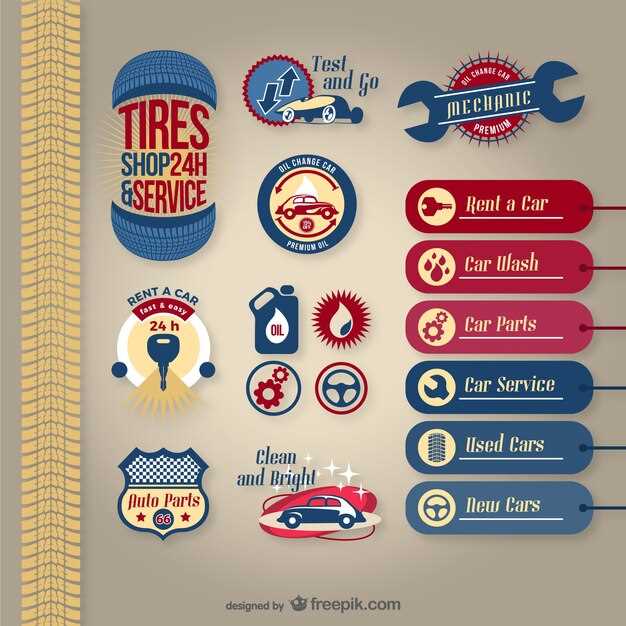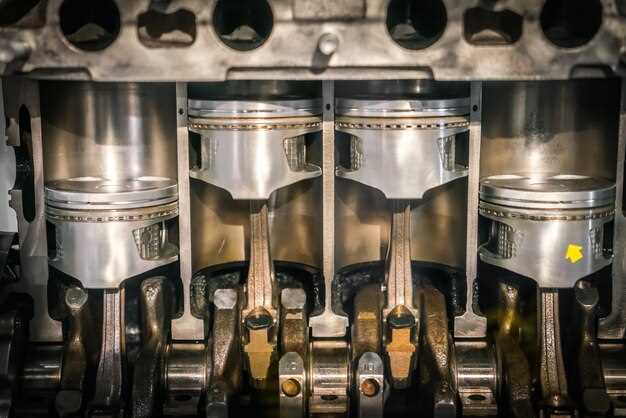
When it comes to maximizing the performance of your race car, every component plays a crucial role, and suspension bushings are no exception. These small yet vital parts connect various elements of the suspension system, allowing for smoother handling, improved stability, and better overall control on the track. Upgrading to high-quality racing suspension bushings can significantly impact your vehicle’s responsiveness, providing drivers with the edge needed to outperform competitors.
In this article, we will explore the top racing suspension bushings available on the market today. We will discuss their unique features, materials used, and how each component contributes to enhanced performance. Whether you are a seasoned racer or a weekend enthusiast, understanding the benefits of advanced suspension bushings will enable you to make informed decisions when it comes to upgrading your ride.
From polyurethane to solid metal options, the variety of bushings offers a spectrum of performance enhancements tailored to different racing conditions. We will delve into how the rigidity, durability, and design of these bushings can transform your vehicle’s handling characteristics, providing a more direct connection between the driver and the track. Get ready to elevate your racing experience by discovering the best suspension bushings that can take your performance to the next level.
Choosing the Right Material for Suspension Bushings
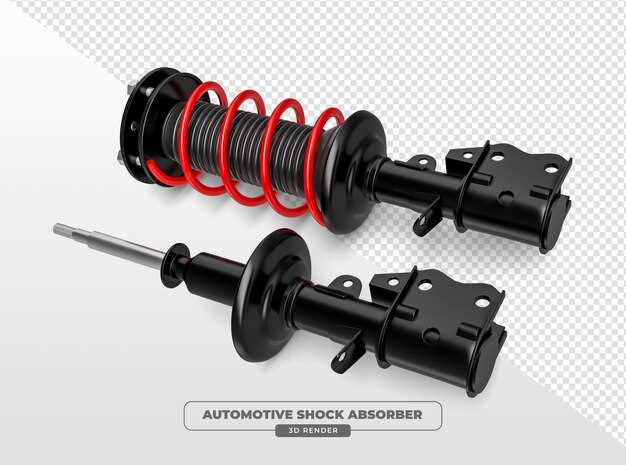
When selecting suspension bushings, the choice of material plays a crucial role in overall performance and durability. Various materials are available, each with its own set of advantages and disadvantages.
Rubber is the most common material used for factory bushings. It provides a good balance between comfort and control, absorbing vibrations effectively. However, rubber can deteriorate over time due to exposure to heat and oil, resulting in a loss of performance.
For performance-oriented applications, polyurethane bushings are often recommended. They offer increased stiffness and better handling characteristics compared to rubber. Additionally, polyurethane has a longer lifespan and is less prone to wear. However, the trade-off includes a firmer ride, which might not be suitable for all drivers.
Solid bushings, typically made from aluminum or other metals, provide the utmost precision and responsiveness. They eliminate any rubber or polyurethane flex, resulting in superior handling and control, especially in motorsport environments. Nevertheless, they can lead to increased road noise and vibrations, which might be uncomfortable for daily driving.
Finally, composite materials are emerging as a popular choice, combining the benefits of weight savings and improved structural integrity. These synthetic blends can be engineered to achieve specific performance characteristics, making them versatile for various racing conditions.
In summary, choosing the right material for suspension bushings depends on the intended use of the vehicle and the driver’s preferences. Consider factors such as ride quality, performance, and longevity when making your selection.
How Suspension Bushings Impact Handling and Comfort
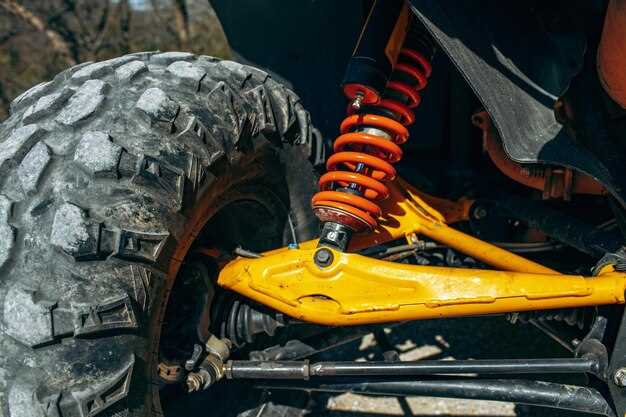
Suspension bushings play a critical role in the overall performance of a vehicle’s suspension system. These components are designed to absorb vibrations and provide a buffer between moving parts, which significantly impacts both handling and comfort.
Enhanced Handling: High-quality suspension bushings contribute to improved handling by maintaining better alignment of suspension components. When bushings wear out, they can result in excessive play, leading to a loss of responsiveness during cornering and maneuvering. Performance-oriented bushings, often made from stiffer materials like polyurethane, help maintain precise control over the suspension geometry, reducing body roll and enhancing tire contact with the road.
Improved Comfort: Comfort is another crucial aspect affected by suspension bushings. Soft rubber bushings can absorb shocks and vibrations effectively, providing a smoother ride over rough surfaces. However, these bushings may compromise handling performance. Upgrading to a more durable material can strike a balance between stability and comfort. Many manufacturers offer bushings that are specifically formulated to reduce harshness while improving responsiveness, making the driving experience enjoyable without sacrificing control.
In summary, the choice of suspension bushings directly influences a vehicle’s handling characteristics and ride quality. Investing in high-performance bushings can lead to a significant enhancement in both areas, resulting in a more enjoyable driving experience.
Installation Tips for Optimal Performance of Racing Bushings
Proper installation of racing bushings is crucial for maximizing your vehicle’s performance on the track. Follow these essential tips to ensure that your bushings deliver the results you expect.
1. Clean the Mounting Area: Before installing new bushings, thoroughly clean the mounting surfaces. Remove any dirt, grime, or old bushing material to ensure a proper fit. A clean surface helps prevent issues like misalignment and enhances the overall effectiveness of the new bushings.
2. Use the Right Tools: Ensure you have all necessary tools, including a press or a suitable bushing tool, to facilitate smooth installation. Using improper tools may damage the bushings or surrounding components, leading to suboptimal performance.
3. Apply Lubrication: Lightly lubricate the surfaces of the bushings where they make contact with the mount. This reduces friction during installation and helps the bushing function more efficiently once in place. However, avoid excessive lubrication that may attract dirt and debris.
4. Align Properly: When pressing bushings into place, ensure they are properly aligned. Misalignment can lead to uneven wear and compromised performance. Take your time during this step to ensure they sit perfectly in their mounts.
5. Torque Specifications: Follow manufacturer torque specifications during installation. Over-tightening can lead to premature wear, while under-tightening can cause bushings to move out of place, reducing their effectiveness.
6. Monitor Performance: After installation, test your vehicle to ensure that the bushings are functioning correctly. Pay attention to any changes in handling, vibrations, or noises. Early detection of issues allows for timely adjustments or replacements.
7. Regular Inspections: Incorporate regular inspections of your racing bushings into your maintenance routine. Look for signs of wear, such as cracking or separation. Staying proactive can extend the lifespan of your bushings and maintain optimal performance during races.
By adhering to these installation tips, you can significantly enhance the performance of your racing bushings, leading to improved handling, stability, and overall track performance.











